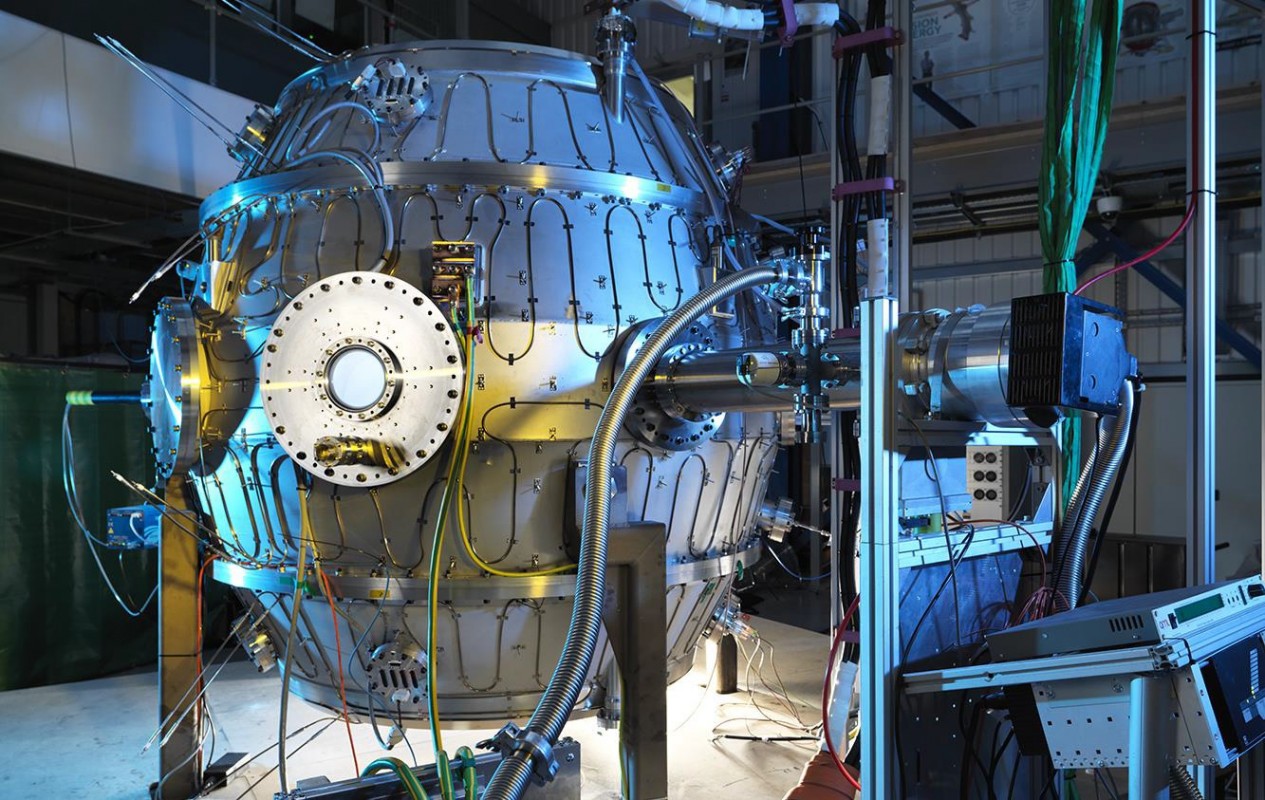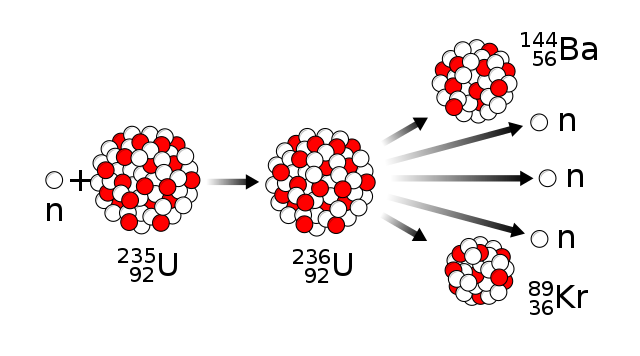 Can you think of an unlimited source of energy? Our Sun, of course!
Can you think of an unlimited source of energy? Our Sun, of course!
Scientists have been trying to re-create this solar magic on Earth. A company in the U.K has developed a fusion reactor that simulates a process similar to our Sun.
Tokamak Energy has recently demonstrated that it can achieve temperatures as high as 27 million degrees Fahrenheit (15 million degrees Celsius) by heating plasma of hydrogen. Plasma is a state of matter that occurs when gas is heated.
That’s even hotter than the sun’s core!
What is fusion and how is it different from the nuclear energy produced today?
Fission: Nuclear Energy Of Today
 The answer to such a big question is surprisingly small. As you may know, everything in the universe is made up of extremely small particles called atoms.
The answer to such a big question is surprisingly small. As you may know, everything in the universe is made up of extremely small particles called atoms.
The nucleus of the atom is made of positively-charged protons and negatively-charged neutrons. Since like charges repel each other, there is an enormous amount of energy in the nucleus of an atom.
One way to release this energy is through nuclear fission, a process by which the nucleus of an atom is broken apart to create two smaller atoms. The smaller atoms have fewer protons and neutrons in their nuclei, and hence need less energy to keep the smaller nuclei together.
But what happens to the left-over energy? That energy is released as heat and light.
The discovery of nuclear fission led to the development of nuclear bombs that destroyed Hiroshima and Nagasaki. But, it has also allowed us to harness the energy released for generating electricity. Today, commercial nuclear power plants make up over 14% of all energy generated in the world.
Fusion Energy: Star Power!
Fusion, the process our Sun uses, is the opposite of fission.
In nuclear fusion, two atoms combine to form a larger atom and this releases an extra neutron. These leftover neutrons have mass that is converted into energy. The sun gets its power from hydrogen atoms that combine into helium atoms.
It does not take much energy to start a fission reaction, and once triggered, the energy released can keep the reaction going. On the other hand, fusion requires combining two atoms into a larger one.
In nature, atoms tend to repel each other and it takes an enormous amount of energy to overcome the forces of electrostatic repulsion. The reason nuclear fusion works in the sun is due to incredibly high temperatures where gases become super-heated plasma. These are temperatures we haven’t been able to replicate on Earth until now.
If we could harness nuclear fusion, it would be the cleanest source of energy available, especially because it wouldn’t produce radiation like nuclear fission does. We’re still not quite there yet for a number of reasons. One of the reasons is that the specific kind of hydrogen that fuels the reactor (called tritium) isn’t easy to find.
Despite the challenges that lie ahead, progress on heated plasma is getting hotter. Tokamak Energy hopes to start generating electricity through nuclear fusion by 2030!
Sources: Tokamak, Europa.eu, LiveScience






